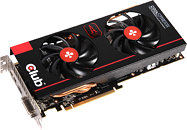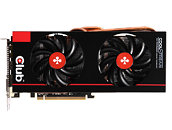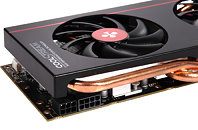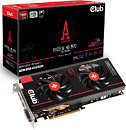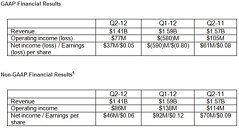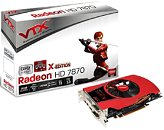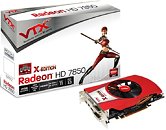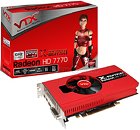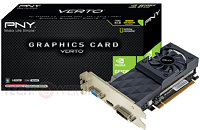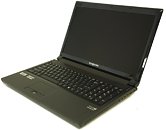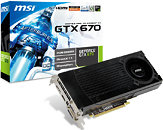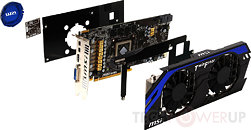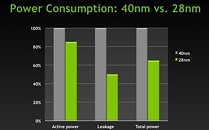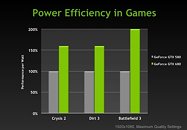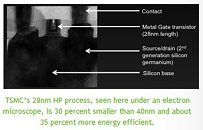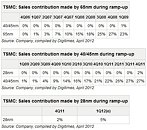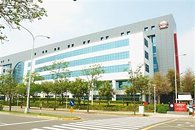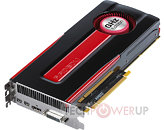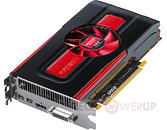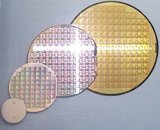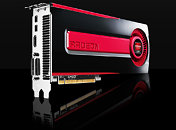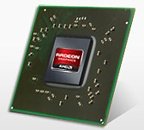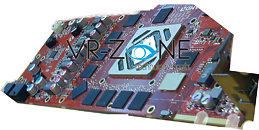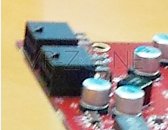
Club 3D Announces HD 7970 RoyalAce Graphics Card
Club 3D takes a giant leap and destroys the competition with the release of the most quiet, cool and brutally fast Club 3D Radeon HD 7970 royalAce graphic card, the latest addition to the PokerSeries family.
Get the best of the best with Club 3D's PokerSeries, the Radeon HD 7970 royalAce offers great performance by breaking the GHz barrier on the GPU, clocking at 1050MHz, making it amazingly fast, up to 7% faster in games when compared to the reference HD 7970 GHz Edition. The Radeon HD 7970 royalAce is a quiet card, achieving 31.5 dB on idle, 38 dB at load, making it the ideal choice for gaming and multimedia. By utilizing a custom cooler design with a dual fan and four high performance heatpipes it ensures the card to remain cool at 71 °C on average when gaming. A Dual BIOS toggle switch offers overclocking potential for the most demanding gamer and overclocking enthusiast.
Get the best of the best with Club 3D's PokerSeries, the Radeon HD 7970 royalAce offers great performance by breaking the GHz barrier on the GPU, clocking at 1050MHz, making it amazingly fast, up to 7% faster in games when compared to the reference HD 7970 GHz Edition. The Radeon HD 7970 royalAce is a quiet card, achieving 31.5 dB on idle, 38 dB at load, making it the ideal choice for gaming and multimedia. By utilizing a custom cooler design with a dual fan and four high performance heatpipes it ensures the card to remain cool at 71 °C on average when gaming. A Dual BIOS toggle switch offers overclocking potential for the most demanding gamer and overclocking enthusiast.
